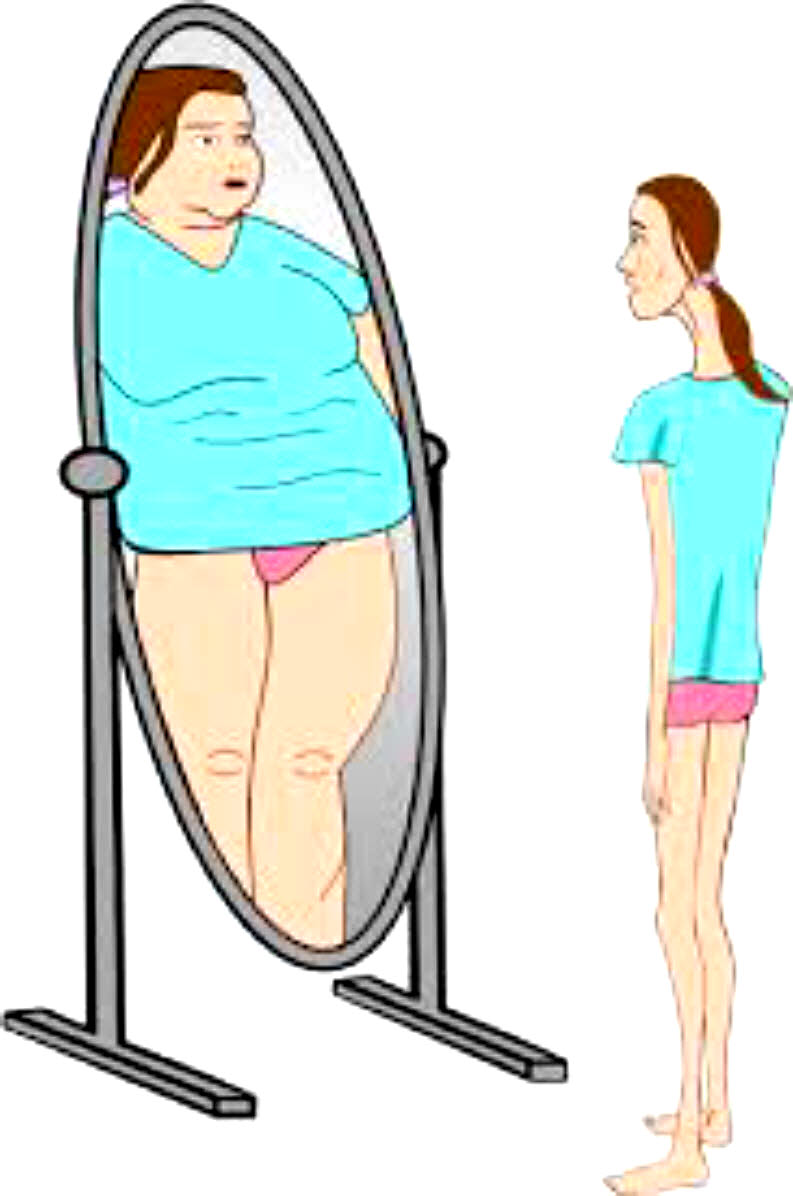James Donaldson notes:
Welcome to the “next chapter” of my life… being a voice and an advocate for mental health awareness and suicide prevention, especially pertaining to our younger generation of students and student-athletes.
Getting men to speak up and reach out for help and assistance is one of my passions. Us men need to not suffer in silence or drown our sorrows in alcohol, hang out at bars and strip joints, or get involved with drug use.
Having gone through a recent bout of depression and suicidal thoughts myself, I realize now, that I can make a huge difference in the lives of so many by sharing my story, and by sharing various resources I come across as I work in this space. http://bit.ly/JamesMentalHealthArticle
 When Karen Hye moved from the East Coast to Tacoma to work as a CHI Franciscan psychologist in 2016, she didn’t have far to look for her first Seasonal Affective Disorder patient.
When Karen Hye moved from the East Coast to Tacoma to work as a CHI Franciscan psychologist in 2016, she didn’t have far to look for her first Seasonal Affective Disorder patient.
It was her.
Sometimes called by its easy-to-mock acronym SAD, the disorder is defined by a temporary state of depression linked to the winter months.
In 2013, the Diagnostic and Statistical Manual of Mental Disorders listed it as a subtype of major depression.
“That, in itself, can speak to the potential severity of the symptoms,” Hye said.
The disorder was first described in the late 1970s and became the butt of jokes with images of people staring into gigantic light boxes. But for those who have it, SAD is anything but funny.
“I moved here in June. This is the greatest place I’ve ever been,” Hye recalled thinking. “Then in November . . . something’s not right.”
Her second winter was even tougher.
“I would come home from work every day and sit on the couch and veg out,” Hye said. “I wasn’t going to the gym as consistently as I had previously. . . . Definitely eating more and not having a lot of energy to do things.”
After a long walk in February, she realized she was missing exercise and light.
Now, Hye has a dog, which forces her to get exercise outdoors on a daily basis.
She also bought a light therapy box she keeps at her desk.
Some 5 percent of American adults have SAD during a third of the year, according to the American Psychiatric Association. Some studies suggest as much as 20 percent of the population gets the winter blues, said Mayo Clinic psychologist Craig Sawchuk.
“It’s a bogging down of some of their functioning, mood, motivation and energy but to the point where it gets in the way of their day-to-day functioning,” Sawchuk said.
SAD is more common in northern areas with shorter winter days and areas with cloudy weather — the classic description of winter in the Pacific Northwest.
“We get the double whammy,” Hye said.
While it’s normal for humans to slow down in winter — a leftover from our caveman days — it’s not healthy when the winter blues turn into something more serious and affect functioning, Sawchuk said.
“That’s where it starts to cross the line,” Sawchuk said.
Symptoms include:
- Fatigue.
- Sleeping longer and earlier in the day.
- Overeating, particularly of carbohydrates.
- Difficulties at work and in personal relationships.
How to feel better
If not treated, Seasonal Affective Disorder can turn into year-round depression.
“By April and May, if you haven’t put into place some of these (remedies), then it’s easy to stay in that same pattern,” Hye said.
If you suspect you have SAD, first reach out to a health care provider, Sawchuk said. “Depression is something that health care providers of all kinds see on a consistent basis,” he said.
Hye and Sawchuk said maintaining social connections in winter months is important. Say yes to holiday parties.
“Make sure you’re socially connected and engaged in meaningful personal activities,” Sawchuk said.
“Do the things you like to do even when you don’t feel like doing them,” Hye said. If you like to exercise, “make it a point to go and exercise.”
Then, there’s light therapy. It might sound like magical thinking to some, but it’s not, Hye said.
“The research is there,” Hye said. “It’s well supported by research.”
Once large and clunky, some light boxes of the 21st century resemble an iPad that’s been put on its brightest setting.
“The technology, cost and portability of the lights has changed absolutely dramatically,” Sawchuk said.
Sawchuk recommends a 10,000 lux intensity light. The best color light (in the blue to white range) is still being studied, Sawchuk said. Prices start around $40.
Sawchuk said to place the light 3-5 feet away. Both Sawchuk and Hye said to use the lights for 20 to 30 minutes a day.
You don’t need to stare directly into the light.
“Read a book, watch TV, have breakfast,” he said. “You do need to have your eyes open.”
Sawchuk said to start the light therapy when you know your symptoms usually appear during the calendar year.
Both Hye and Sawchuk said to use the lights when you first wake up.
Hye uses a dawn simulation light to wake up. It’s a strong light that goes from 10 percent to 100 percent brightness over 30 minutes.
Practicing good sleep hygiene is important as well. The goal is not to go to bed too early or too late.
“It’s easier to give yourself permission to take a nap when it’s not nice outside,” Hye said.
If needed, anti-depressants can be used, Sawchuk said.



